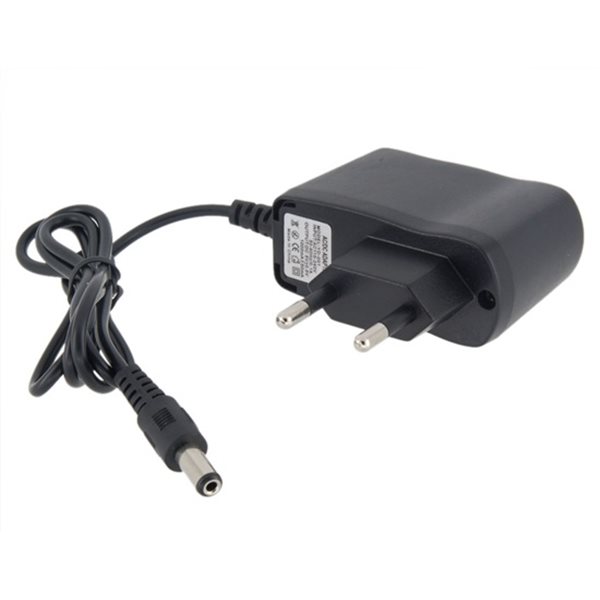Hi everybody ,
I have finished drawing the layout of my circuit..
my question about crystal oscillator layout .. should i do any modification on it ?
the board 2 sides ..
top (component side) it includes power plane (5V)>>RED color

bottom includes ground plane and signal traces >>blue color

top and bottom view

I want to print the board in my house .
regards
I have finished drawing the layout of my circuit..
my question about crystal oscillator layout .. should i do any modification on it ?
the board 2 sides ..
top (component side) it includes power plane (5V)>>RED color
bottom includes ground plane and signal traces >>blue color
top and bottom view
I want to print the board in my house .
regards


